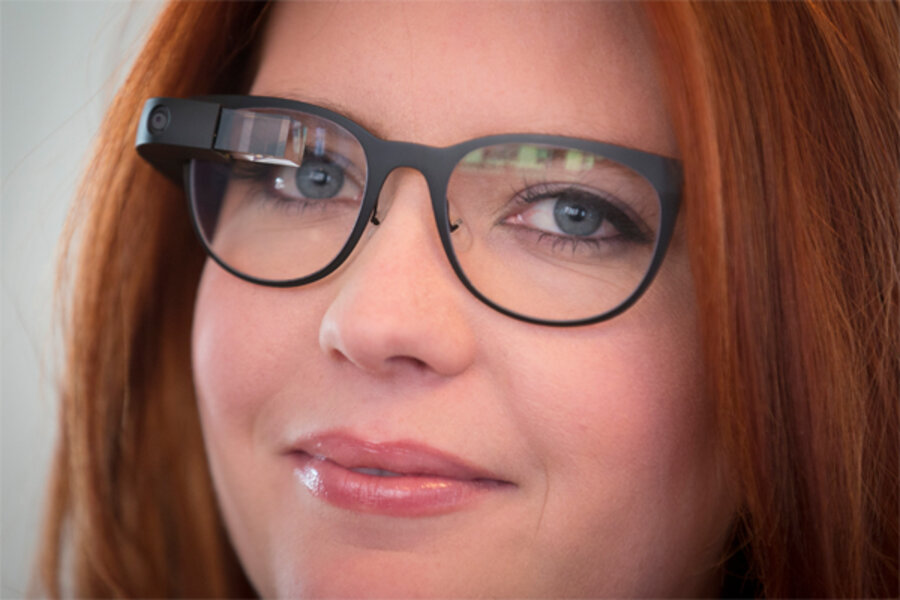Google Glass aims for 'cool' with Ray-Ban, Oakley partnership
Loading...
If cult classic “Risky Business” was filmed today, the infamous Tom-Cruise-dancing-in-his-underwear scene might play out a little differently.
“Ok Glass: Play ‘Old Time Rock and Roll,’ ” Tom Cruise would say, tapping the edge of his iconic square rimmed Ray-Ban Wayfarers.
Why? Google announced it is partnering with Ray-Ban and Oakley owner Luxottica Group to offer new design options for its soon-to-be-released Google Glass. But Google may have an etiquette and price factor that will work against it before the Wayfarer rockets Glass to the popularity Ray-Ban enjoyed in the mid-1980s.
Style, however, is the motivation behind Google’s new partnership.
“Light, simple and modular, Glass introduces new functionality as your glasses get smarter – but bringing your own style to Glass is just as important,” says the Google Glass team in a Google+ post Monday. “Luxottica understands how to build, distribute and sell great products that their clients and consumers love – something we care deeply about at Glass, too. They’ll bring design and manufacturing expertise to the mix, and, together, we’ll bring even more Glass style choices to our Explorers.”
Google says design is still in the works (“You’re not going to see Glass on your favorite Oakleys or Ray-Bans tomorrow,” it says) but they are hoping to release more designs in the future. Recently, Google released the “Titanium Collection” which offered new frame shape, color, and shades for Glass Explorers, creating more than 40 different customized options for Glass, the company says. The release also included the option for prescription lenses.
Luxottica, on the other hand, owns brands that have been a staple in eyewear for over half a century. The group has more than 5,000 retail stores in the US and has a diverse portfolio of brands including Oakley, Ray-Ban, Vogue-Eyewear, and Oliver Peoples. Oakley has already delved into wearable tech, with ski goggles that display an athlete’s speed, direction, and location.
“The first collection generated by this partnership will combine high-end technology with avant-garde design offering the best in style, quality and performance,” says Luxottica in a release on the partnership.
Style aside, Google still faces backlash from non-Explorers (the limited group of people testing and developing Glass) and could face pricing issues when partnering with outside eyewear groups.
After a confrontation at a San Francisco bar, a highly contested traffic ticket, and suspected movie piracy, Google released an etiquette guide for Glass users. The list included “ask permission” before filming, “don’t be rude”, and don’t “Glass-out”, its term for staring off into space (i.e. your Glass monitor).
Partnering with Glass could also bump up the price of already premium brands. The classic Ray-Ban Wayfarer sunglasses retail for $150 and the high-tech Oakley goggles mentioned above go for $650. Both prices are dwarfed by Google Glass, which currently costs $1,500, not including customized frames or prescription lenses.
That being said, Google is tirelessly making moves in the wearable tech department. Last week, it released Android Wear, a smart watch OS for two new smart watches to be released this summer.
With the wearable tech business skyrocketing to 90 million shipments by 2019, according to market-research firm ABI Research, however, Google may be playing by the tagline for the movie that launched Ray-Ban Wayfarers into the mainstream: “There's a time for playing it safe and a time for Risky Business.”








